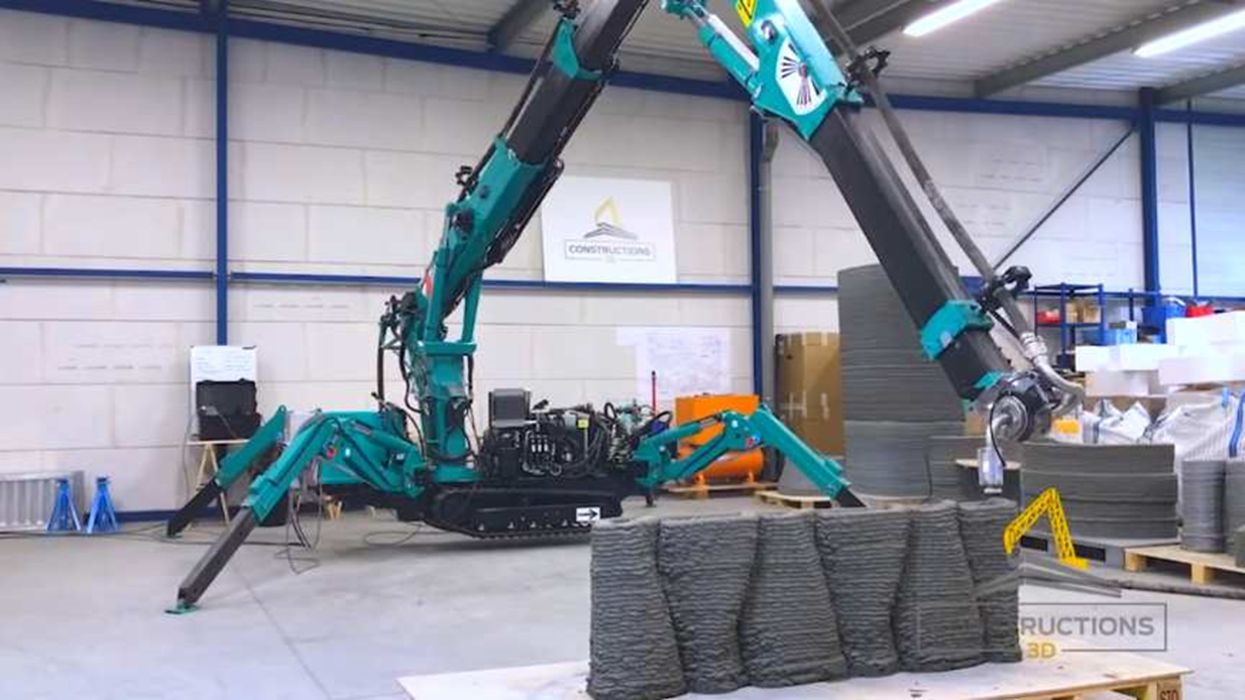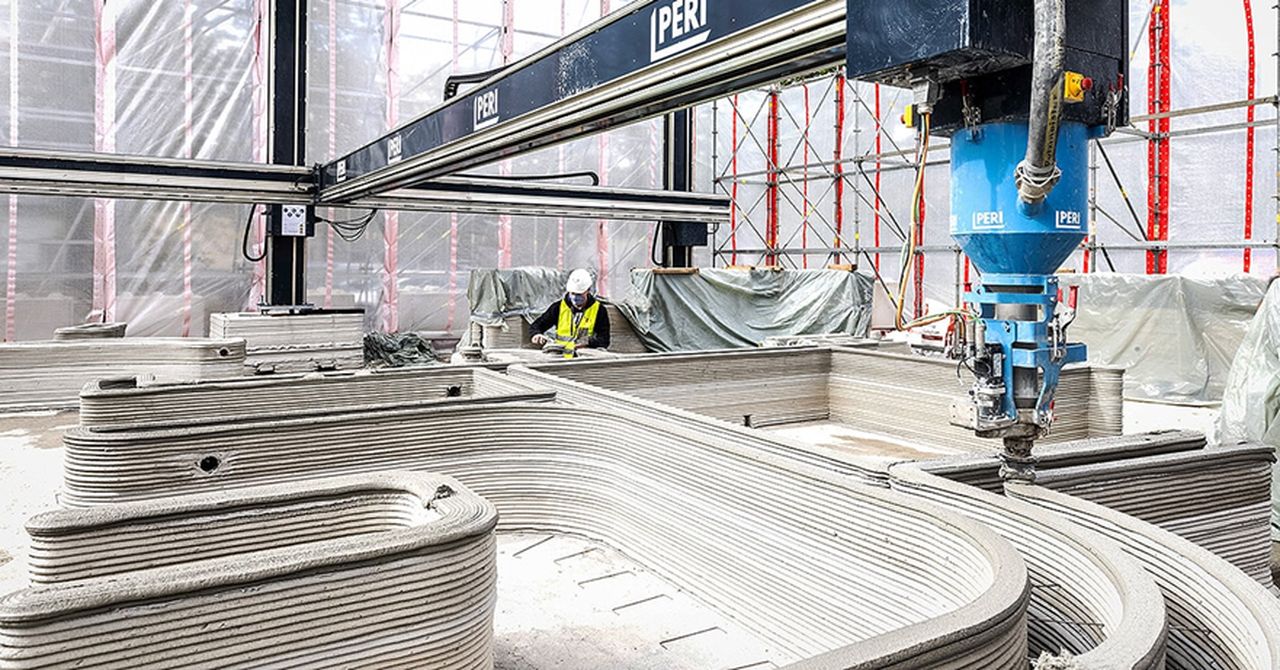
Charles R. Goulding and Preeti Sulibhavi discuss the transformative shift in the construction industry towards integrating advanced technologies like 3D printing and automation.
A recent New York Times (NYT) article highlighted the inefficiencies related to construction projects and described the variety of technologies that are now being employed to improve the process including artificial intelligence (AI), robots, drones, and cameras. With the industry currently at full employment and new large-scale opportunities related to the Infrastructure Investment and Jobs Act, the CHIPS and Science Act, and clean energy in the Inflation Reduction Act (IRA), the construction industry needs to automate in order to capitalize on all of the current opportunities.
The NYT article was particularly focused on AI and explains the opportunity to collect data with construction helmet-mounted cameras and using AI analysis to monitor and improve processes. One technology that was not covered is the increasing use of 3D printing for project design and creating building components to make field construction more efficient. Our experience is that virtually every building component is utilizing some level of 3D printing technology to improve products and processes.
Major building components that are increasingly using 3D printing include lighting, HVAC, flooring and tiling, windows and glass, plumbing and bath as well as elevators. Using 3D printing off-site to design and create building components improves quality and increases efficiency and reduces costs as compared to onsite “stick-built” traditional construction practices.
The challenges related to the construction labor shortages were recently evident in the Taiwan Semi-Conductor (TSMC) Arizona labor dispute. Despite major CHIPS and Science Act funding there are not enough local workers to build the new foundry. The company proposed bringing in Taiwan construction workers which is vehemently opposed by the local Unions. We have recently published a Fabbaloo article about a US plumbing supplier targeting the foundry construction market.

Amidst the transformative shift in the construction industry towards integrating advanced technologies like 3D printing and automation, companies stand to leverage the permanent Research and Development (R&D) Tax Credit, allowing them to further incentivize innovation and the implementation of cutting-edge solutions.
The Research & Development Tax Credit
The now permanent Research and Development Tax Credit is available for companies developing new or improved products, processes and/or software.
3D printing can help boost a company’s R&D Tax Credits. Wages for technical employees creating, testing and revising 3D printed prototypes can be included as a percentage of eligible time spent for the R&D Tax Credit. Similarly, when used as a method of improving a process, time spent integrating 3D printing hardware and software counts as an eligible activity. Lastly, when used for modeling and preproduction, the costs of filaments consumed during the development process may also be recovered.
Whether it is used for creating and testing prototypes or for final production, 3D printing is a great indicator that R&D Credit eligible activities are taking place. Companies implementing this technology at any point should consider taking advantage of R&D Tax Credits.
Conclusion
Architects create 3D printing building models that are used to evaluate building design. Onsite 3D printing concrete forms using robot gantry systems are increasingly being employed by virtually all of the works major cement companies, including COBOD and Cemex, that include a variety of international housing projects.
With the current level of incentives related to construction in the US and new technologies there is an unprecedented opportunity to automate all aspects of the construction process.
